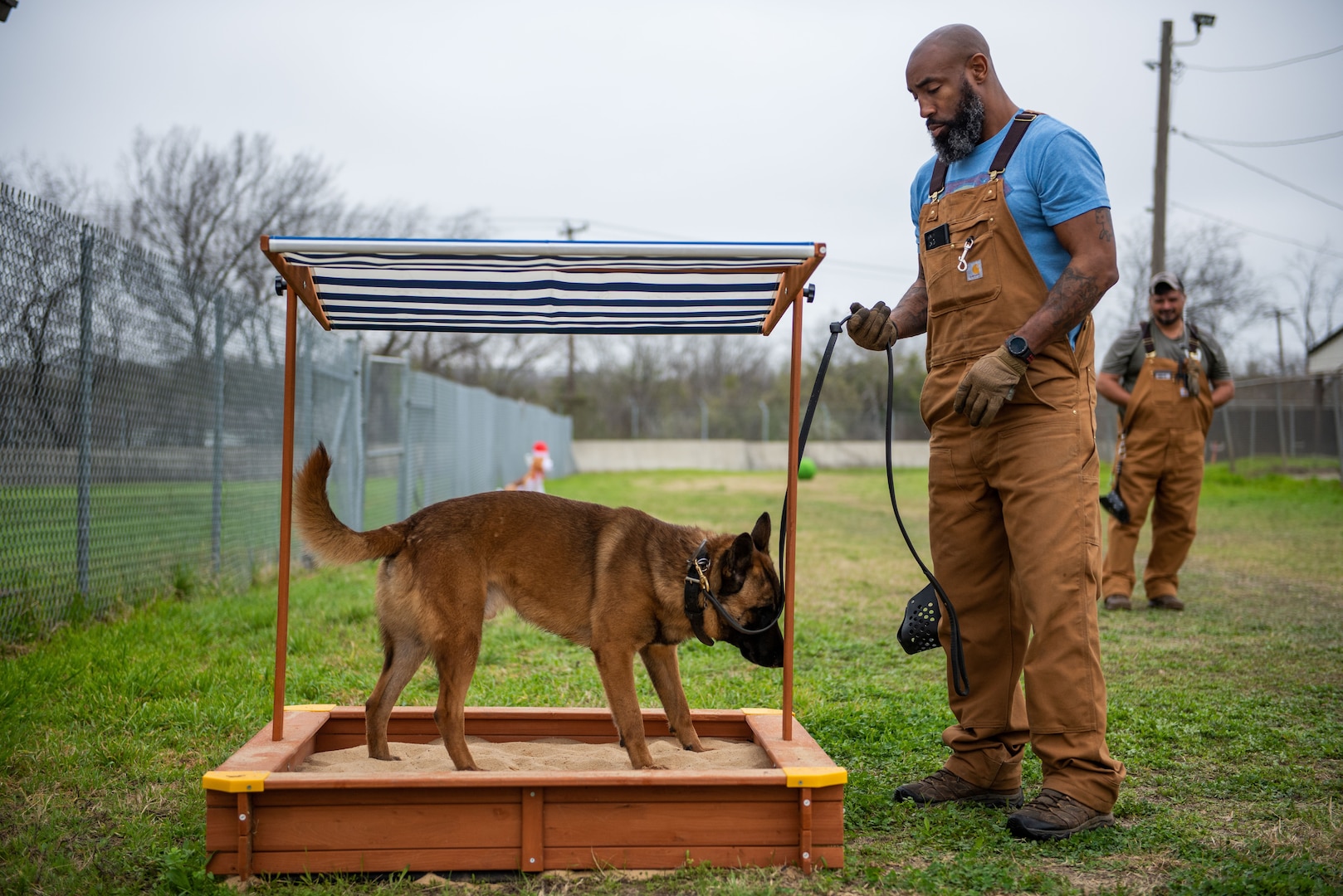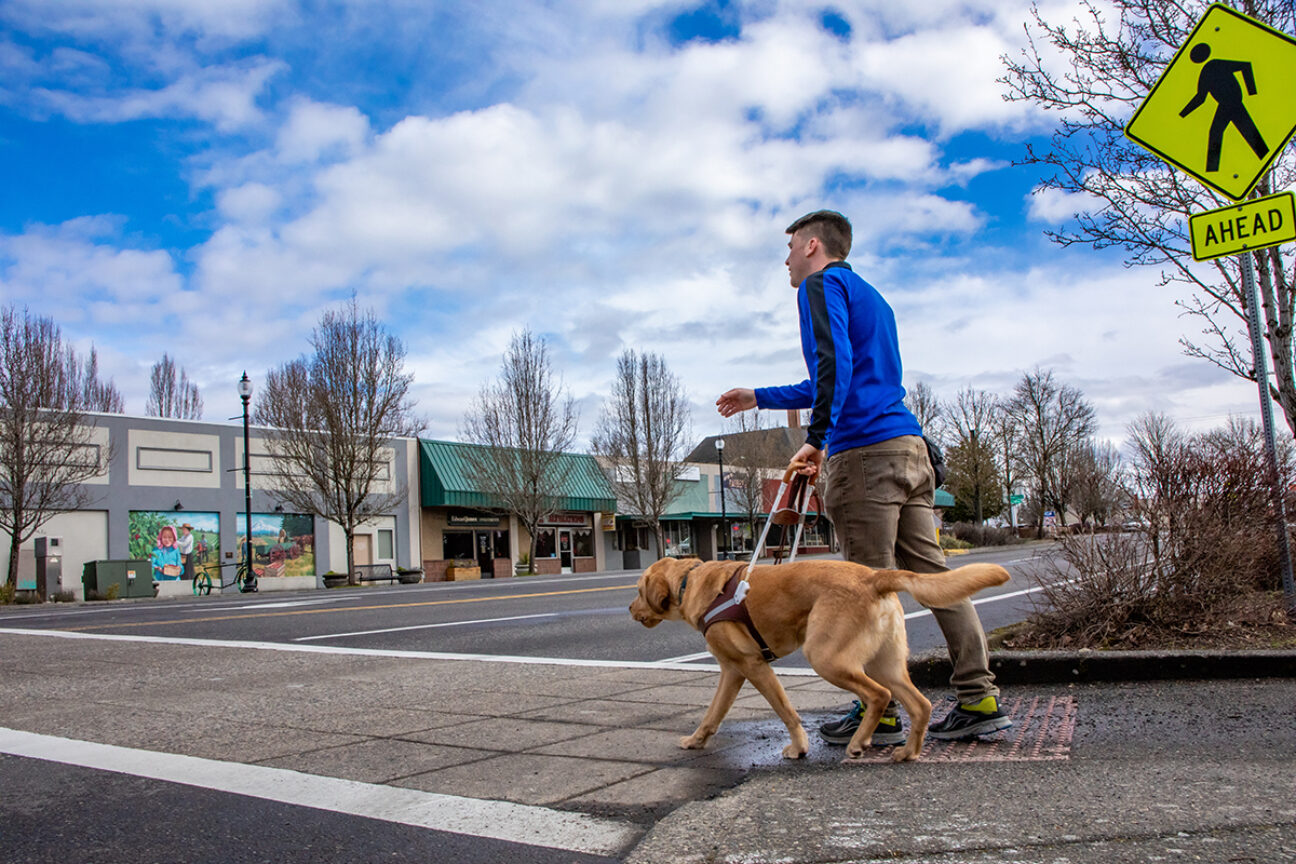Step-by-Step Approach to Dog Training: Simple Tips for Every Dog Owner
Step-by-Step Approach to Dog Training: Simple Tips for Every Dog Owner
Blog Article
Newbie's Guide to Effective Pet Dog Training in the house
Successfully educating a pet at home calls for a nuanced understanding of canine behavior and efficient communication techniques. Developing clear training goals, making use of high-grade incentives, and preserving uniformity throughout member of the family are essential components. Furthermore, integrating training right into everyday routines can improve both interaction and retention. Several newbie trainers run into difficulties that might hinder development. To navigate these complexities properly, it's important to check out a number of vital facets that can change your strategy and cause a harmonious partnership with your family pet. What essential principles should every newbie understanding to ensure success?
Understanding Dog Actions
Understanding pet dog habits is vital for effective training and cultivating an unified partnership in between people and their canine buddies. Pet dogs interact mainly through body movement, articulations, and faces, making it important for owners to interpret these signals accurately. Recognizing actions such as tail wagging, growling, or shrinking can provide understandings right into a pet's mood and intents.

Typical behavioral problems, such as aggression, stress and anxiety, or excessive barking, usually come from misunderstandings or unmet requirements. Observing and addressing these issues quickly can protect against escalation and guarantee a favorable training experience. By cultivating a deep understanding of canine habits, proprietors can customize their training approaches to suit their canine buddies, eventually bring about a well-behaved and satisfied animal.
Vital Educating Devices
A well-equipped training space can significantly enhance the efficiency of pet dog training in the house. Important training tools make sure that both the trainer and the canine can involve in productive sessions that cultivate understanding and bonding.

Investing in a sturdy chain and a comfy, well-fitting collar or harness is vital for safety and security and control. These tools help establish borders and make sure the pet stays safe throughout training. Furthermore, an assigned training location, cost-free from interruptions, aids focus for both the instructor and the dog.
Educating aids such as training pads, cones, or dexterity tools can also boost the experience by presenting variety and challenges. Lastly, having a notebook or digital application for tracking progression can be very useful, permitting you to keep in mind successes and locations for enhancement. Making use of these crucial tools will certainly produce a favorable training atmosphere and lay the structure for reliable learning.
Producing an Educating Regimen
Establishing a regular training routine is important for effective dog training in your home. A well-structured routine not only helps in reinforcing desired habits however also gives your pet dog with a complacency and predictability. To create an efficient training regular, start by recognizing specific training goals, such as standard commands, chain walking, or house-breaking.
Choose a designated time every day for training sessions, preferably when your dog is alert and responsive. Procedure should be short, approximately 5 to 15 mins, to maintain emphasis and avoid fatigue. Uniformity in timing and environment will boost your pet dog's discovering experience.
Include training right into everyday tasks to strengthen skills. Method commands throughout strolls or mealtime, which incorporates finding out right into all-natural regimens. Furthermore, remain adaptable and adjust the regular as essential, accommodating your canine's power degrees and mood.
Favorable Reinforcement Strategies
Positive support methods are basic to effective pet training, promoting preferred actions with incentives instead of punishment. This approach uses favorable stimuli, such as deals with, praise, or playtime, to encourage pet dogs to repeat specific activities. The keystone of this strategy is timing; rewards must be given instantly following the desired behavior to create a clear organization.
When executing favorable support, it is necessary to pick rewards that are inspiring for your pet dog. High-value treats, such as tiny items of hen or cheese, can be especially efficient throughout training sessions. Additionally, varying the incentives can preserve your pet's rate of interest and interest.
Beginning with straightforward commands, like "sit" or "remain," and gradually progress to more complicated jobs. Uniformity is crucial; make certain that all relative make use of the exact same commands and reward systems to prevent confusion.
In addition, it is important to stay person and stay clear of aggravation. Dogs, like people, discover at their very own speed. By fostering an encouraging training environment through favorable support, you can enhance your canine's knowing experience while enhancing the bond between you and your hairy friend, laying the groundwork for effective training end results.
Typical Training Challenges
While training a pet at home can be a satisfying experience, it frequently their explanation includes a set of usual obstacles that can test both patience and consistency. One widespread problem is distraction. Pets may come to be conveniently averted by sounds, activities, and even fragrances in their atmosphere, making it hard to keep their emphasis throughout training sessions.
An additional obstacle is incongruity in commands and reinforcement. If member of the family use various hints or incentives, it can confuse the pet dog and prevent development. Developing a unified strategy is essential for effective interaction.
In addition, dogs can experience irritation or stress, especially if they do not comprehend what is expected of them. This can lead to unfavorable habits, such as barking or eating.
Finally, the timing of support is essential (Dog training). Delayed incentives can diminish the efficiency of positive support, as dogs may fall short to link the habits with the reward
Getting over these difficulties requires dedication, clear communication, and an organized training plan. Recognizing and official source attending to these common obstacles will certainly lead the way for a more enjoyable and effective training experience at home.
Final Thought
In final thought, effective dog training at home demands a thorough understanding of canine actions and effective communication strategies. By establishing clear training goals and utilizing premium treats together with positive reinforcement, the training process becomes more satisfying for both the instructor and the pet.
Developing a constant training regimen is necessary for efficient pet dog training at home.Favorable reinforcement techniques are essential to efficient pet dog training, promoting desired behaviors via incentives instead than punishment (Dog training). By fostering an encouraging training setting with positive reinforcement, you can boost your pet's discovering experience while enhancing the bond between you and your hairy buddy, laying the groundwork for effective Home Page training results
In final thought, effective pet dog training at home requires a thorough understanding of canine behavior and reliable communication methods. By establishing clear training objectives and using premium treats along with positive support, the training procedure becomes extra satisfying for both the pet dog and the trainer.
Report this page